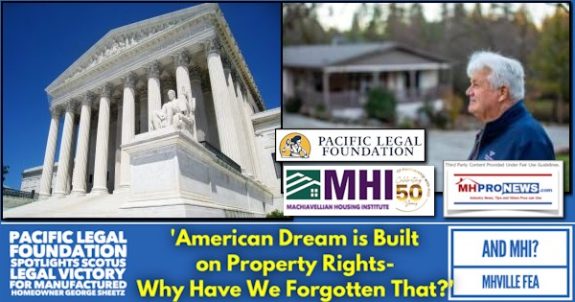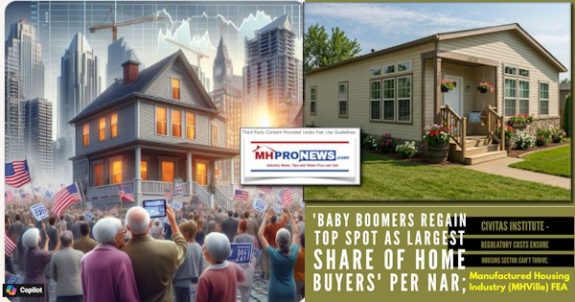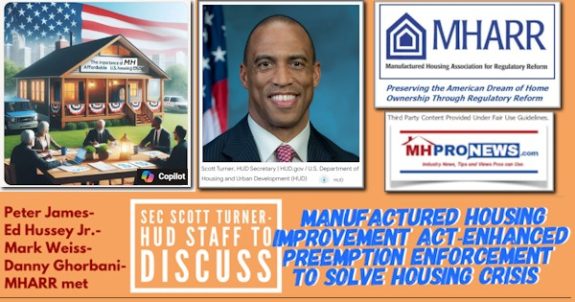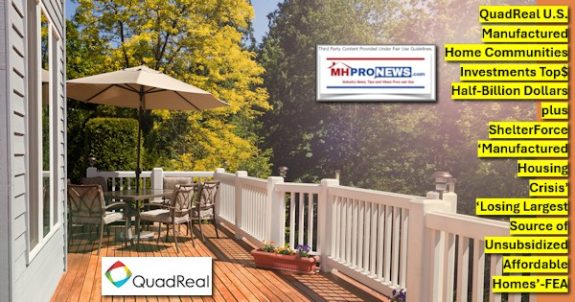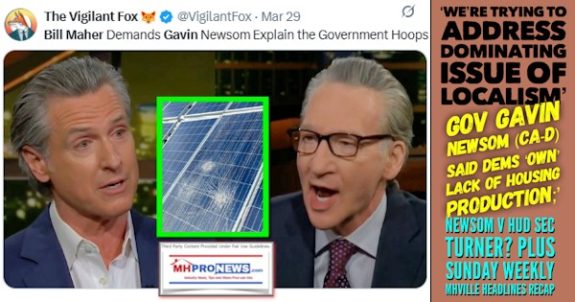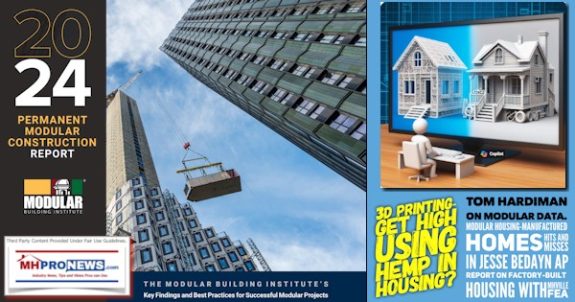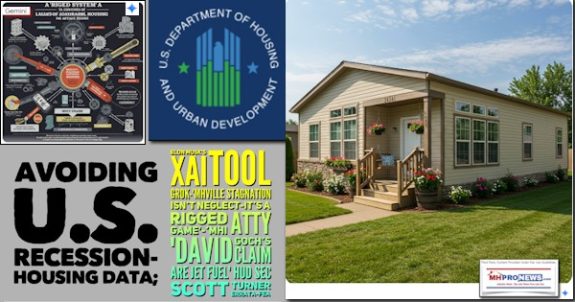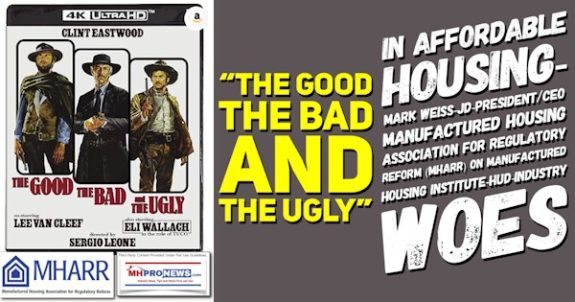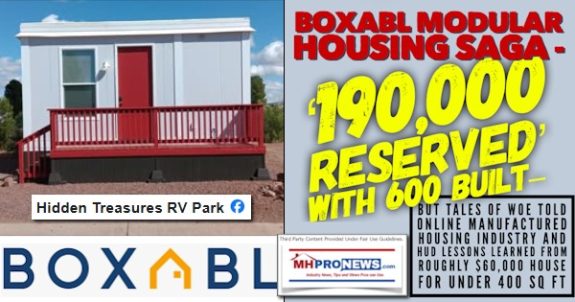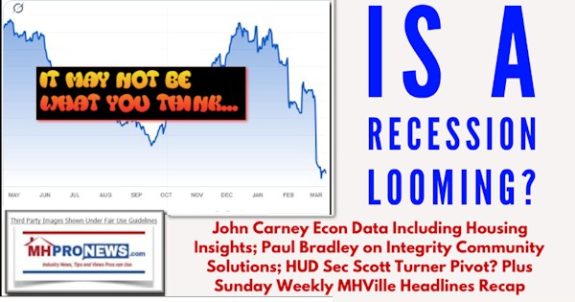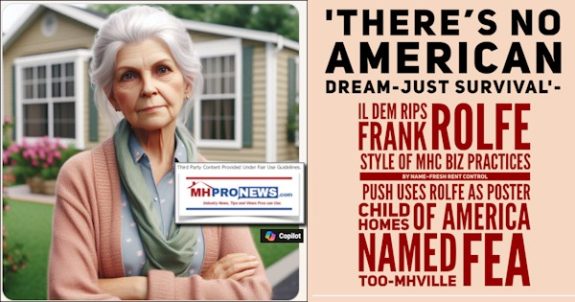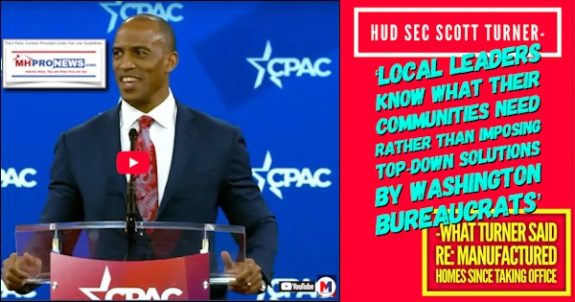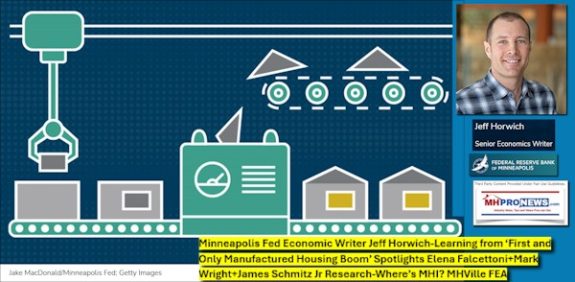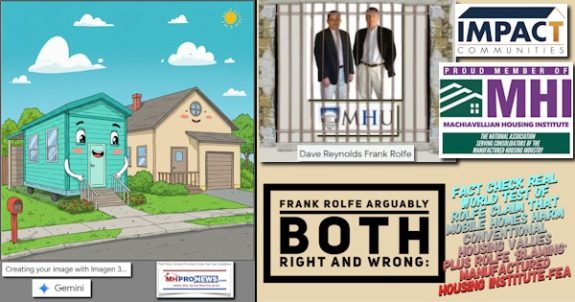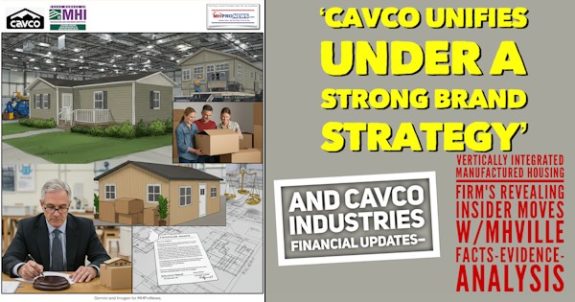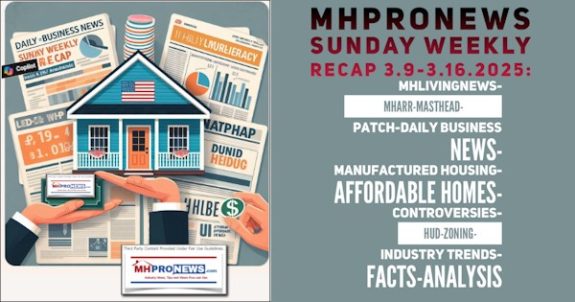MHI Disaster Housing Task Force
Universal Design Temporary Housing Unit
What does the term “Universal Design Temporary Housing Unit” mean? Please expand beyond how it is defined in the Industry Day Agenda.
Session I–Codes and Amenities
What are the benefits/challenges of building to a HUD code–Small Footprint Universal THU
The industry is proficient in building to the HUD and IRC codes and is very capable of responding quickly to build quality temporary homes. The current challenges for the industry with FEMA solicitations center around two key areas – solicitation specifications for an equitable bid process and meeting the current air quality standards. These notes will attempt identify approaches that will help FEMA to meet its goals, and most importantly, provide satisfactory temporary housing solutions for families adversely impacted by natural catastrophes.
What are the benefits/challenges of designing for UFAS or dual HUD/IRC?
The industry knows how to build homes to meet UFAS requirements and can dual label HUD/IRC.
The challenge with UFAS is to know specifically what is required as the requirements change depending on the needs of the recipients. Currently some government housing programs for permanent replacement homes are specifying different UFAS bundles depending on the needs of the recipients. This approach seems to be working and is saving the government money as recipients are receiving what they need and the homes are not being overbuilt with features that are not needed.
The industry has a number of manufacturers who can dual label homes at present. Others have not been certified for modular production and will have to decide if they want to get certified if it becomes a requirement to participate in a solicitation.
The challenge with modular construction is that in most states, if not all, separate submittals are required to be approved for modular construction. In most instances modular manufacturers are certified for the markets they serve, e.g., radius of 300 miles. Shipping modular homes to states not currently served will require the manufactured to become certified in the state(s) and meet the amendments that may be required for the new state(s). Meeting the amendments can be achieved, however, it is a consideration as, e.g., climate, wind and seismic certifications may be required. Depending on the state where the modular homes will be used, the manufacturer will need to work with a third party engineer and get certified in the state(s) where the homes are going to reside. The process to get certified in other states is straightforward, yet, like most everything in business there is learning curve when entering new markets.
The other point to consider is to assure the homes are not over engineered and unnecessary expenses are added that will make the price hard for FEMA to justify and furthermore allow FEMA to get a reasonable payback when the homes are sold on the open market.
How can FEMA create clear requirements for this type of units?
FEMA should consider providing detailed, clear and concise specifications for Temporary Housing Units (THU). Detailed specifications will ensure a level playing field for all bidders. The MHI Disaster Housing Task Force (MDTF) feels the specifications used for the Mississippi Emergency Management Agency (MEMA) project were fair and resulted in equitable bidding.
Material specificity may be not be practical due to market availability and the potential for supplier price gouging due to control of specific materials, however, FEMA and the MDTF should work together to find options that provide for quality standards to be met, and at the same time avoid potential production problems due to the lack of availability of certain items.
Indoor Air Quality
The current standards are a significant impediment to doing business with FEMA due to the required investment to set up and conduct the air quality tests, and the impact the testing has on production efficiencies as the plants conduct normal business. MDTF would like FEMA to consider adopting the California Air Resources Board (CARB) Phase I and II requirements as the standard for future solicitations. Following this standard should go a long way to improving the air quality in the Temporary Housing Units (THU). It would also be helpful if once a manufacturer successfully tests its initial THU units, e.g.one to five, and demonstrates it can follow the FEMA quality assurance program that a sampling procedure be established to test a sample of units rather than the universe.
The industry would also like work with FEMA to develop alternative means of maintaining indoor air quality during the time homes are stored by FEMA.
Other Thoughts/Questions for THUs
Design (aesthetics), materials, and size are the important factors that will determine greater acceptance by local communities. Better designs will also allow homes to go into land‐lease communities and will provide FEMA a better resale value if they elect to sell the THU after it has been used by the initial recipient.
Community owners are working on a data base to identify lots that may be available shortly after storms and are interested in working with FEMA on a plan to use vacant spaces. The community owners would also like to have the design be consistent with the appearance of the homes already located in the community. Community owners may also be interested in buying the homes after the families are located in permanent housing.
What was the air quality performance experience with the contracts awarded in 200 with respect to indoor air quality?
Amenities
What are challenges/suggestions regarding appliances and furniture?
The current air quality requirements make it very difficult to use wood and wood/fabric based furniture. Can FEMA work with MDTF and representatives from the furniture industry to develop options that will meet the air quality standards?
What suggestions could be given for lowering power requirements?
Two primary ways to reduce power consumption include using a house wrap and caulking/gaskets on all wall and ceiling penetrations. Conducting duct blaster tests for homes going to high moisture locations will also help to eliminate negative pressure and moisture problems and power consumption.
Therefore, reducing power consumption for THU is really a price/value question. MDTF is ready to work with FEMA to develop options to reduce power consumption.
Session II‐‐Storage and Transportation
Storage, and Stored Maintenance and Warranty
How can Industry provide clear instructions for time‐efficient cost effective storage and maintenance?
The manufacturer should provide FEMA and/or its contractors with detailed procedures as to how to store the THU at the transition lot and how to haul and install the THU when it is moved to the location for the recipient.
Can units in storage have an active warranty, with option years?
Warranties commence when the title is given to the FEMA at the time of purchase. FEMA needs to determine the length of the warranty so it can be priced as part of solicitation bid price.
How can FEMA create clear requirements for storage, and stored maintenance and warranty?
FEMA should specify the requirements for storage, maintenance and warranty in a solicitation separate from the THU solicitation. Storage and maintenance should follow the manufacturer’s specifications and the warranty work should be coordinated with the manufacturer.
Managing the warranty can be best be handled by having the recipients work through an 800 number managed by the contactor who hauls and installs the THU. The haul and install contractor can manage the warranty work and bill the manufacturer monthly.
THU Transportation
- Work with state agencies to expedite or waive permitting and transportation requirements.
- Build THU closer where they are going to be used.
- Establish contracts with haul and install companies in advance of the catastrophe.
How can FEMA create clear requirements for transportability?
- Work with the transportation companies to assure they are familiar with and follow the Department of Transportation rules and regulations for the state(s) they will enter.
- Work with the state(s) permitting departments to expedite and even wave permitting that can slow the delivery process.
Session III–Installation and Marketability
Installation, and Field Maintenance and Warranty
How can warranty issues be resolved without impacting the mission?
The scope and timing of the warranty should be detailed in the solicitation so the manufacturer can budget appropriately. The warranty work should be handled by the haul and install contractor as they are located in the market, know the location of the THU and can manage the local warranty providers.
It will also be extremely important assure the haul, install and warranty contractors are qualified and experienced and know how to work with the local inspectors to meet the local codes. Many warranty issues can be eliminated by making sure the homes are installed properly.
Marketability and Other Industry Considerations
What non‐FEMA market is there – or could there be – for these units?
- Consider designing a THU that can be sited in vacant home sites in land lease communities and eventually purchased by the community owners. This would mean a larger, more functional, more commercially viable design than the current “FEMA trailer”.
- Consider designs and standards that are compatible with other residential, single family, manufactured homes.






